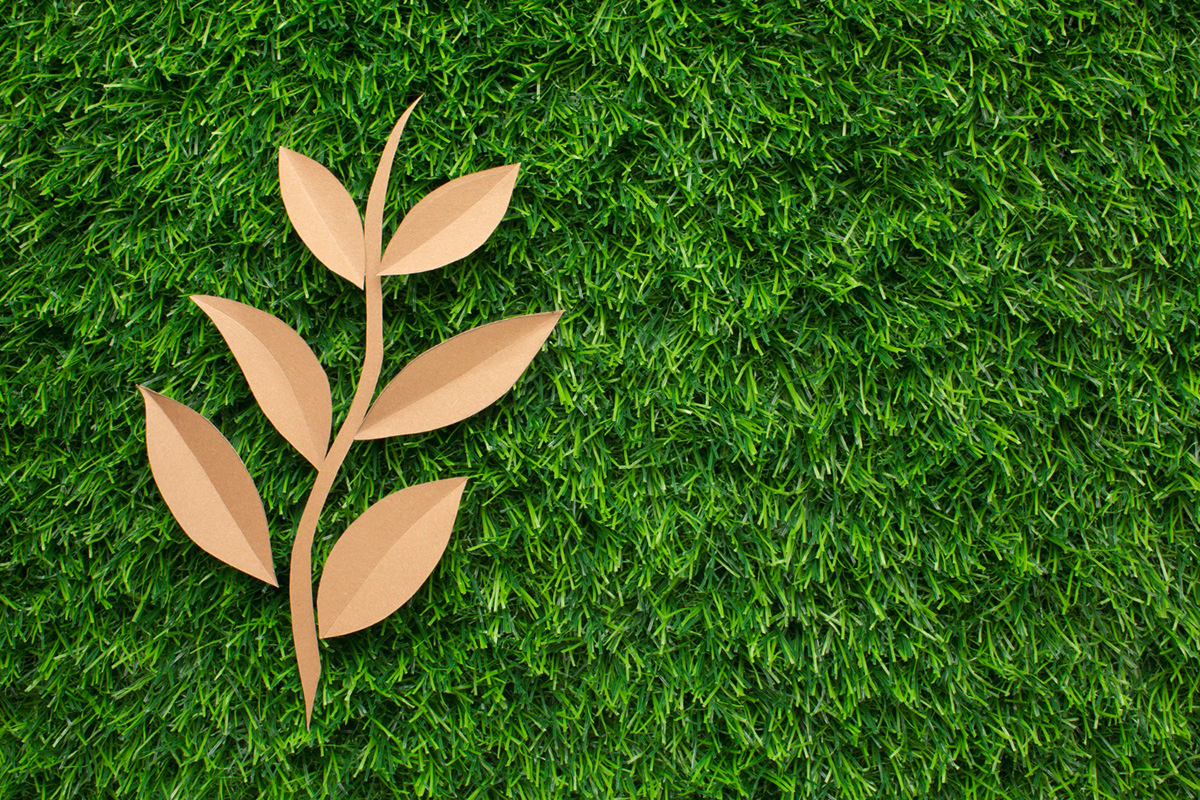A Guide to Removing Weeds from Your Artificial Grass

One of the main reasons why people choose artificial grass is to have a low-maintenance, beautiful lawn all year round. But no matter how good the quality of your artificial grass is, weeds can still emerge and ruin the aesthetic appeal of your lawn. Weeds are pesky invaders that can be quite persistent, and if left untreated, they can eventually damage the artificial blades of your turf. Don't worry, though, because removing weeds from artificial grass is not as difficult as you may think. In this blog post, we'll guide you on how to effectively remove weeds from your artificial grass.
1. Identify the type of weed
The first step to get rid of weeds from your artificial grass is to identify the type of weed. It's essential to know what kind of weed you're dealing with to choose the right type of herbicide or treatment. Some common weeds that grow on artificial grass are dandelions, crabgrass, clover, and broadleaf weeds. Look for weeds with different characteristics such as color, size, and root system to determine what type of weed control you need.
2. Pull the weeds manually
Although it may seem tedious, pulling out weeds by hand can be an effective way to remove small patches of weeds from your artificial grass. Use a hand trowel or a weeder to dig deep into the ground to remove the root of the weed entirely. Be careful not to scratch or puncture your artificial grass blades while digging. Once you've removed the weed, discard it in the trash, not compost, as seeds can still germinate and grow.
3. Use a herbicide
If pulling out weeds by hand isn't practical or if the weeds have spread over a large area, using herbicides can be a viable option. Choose a weed killer labeled for use on artificial grass and follow the manufacturer's instructions carefully. Make sure that the herbicide is not toxic to pets and children or damaging to your turf's color or texture.
4. Apply a weed-preventative solution
Prevention is always better than cure. To prevent weeds from coming back, apply a weed-preventative solution that creates a barrier between your artificial turf and the soil beneath it. This barrier will prevent weed seeds from germinating and growing. A weed-preventative solution also helps reduce the growth of moss and algae, which can make your turf slippery and unsafe to walk on.
5. Regular maintenance
Regular maintenance of your artificial grass is crucial in keeping weeds at bay. Remove fallen leaves and debris that can accumulate on your turf, as they can create an environment that's favorable for weed germination. Use a broom or rake to brush your artificial grass to keep it looking fresh and neat. Regularly inspect your turf for any signs of weed growth and address them immediately before they spread further.
Conclusion
Removing weeds from artificial grass is a manageable task that you can do yourself. Identify the type of weed, pull them out by hand, use a herbicide, apply a weed-preventative solution, and regularly maintain your artificial turf to prevent weed growth. Remember, owning an artificial grass lawn is an investment, and proper care and maintenance will help extend its lifespan and keep it looking great for years to come. If your artificial grass lawn is in need of some cleaning or if you're looking for synthetic turf grass in Florida, don't hesitate to contact us at From The Ground Up Landscaping for a free estimate.